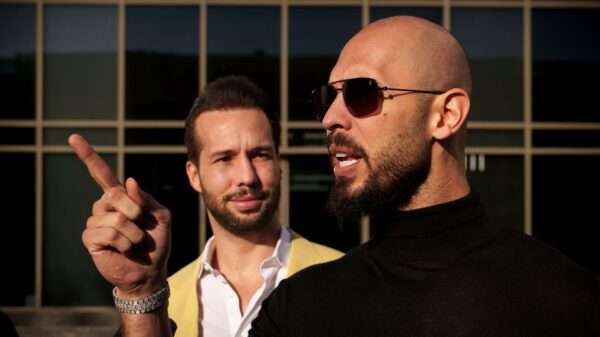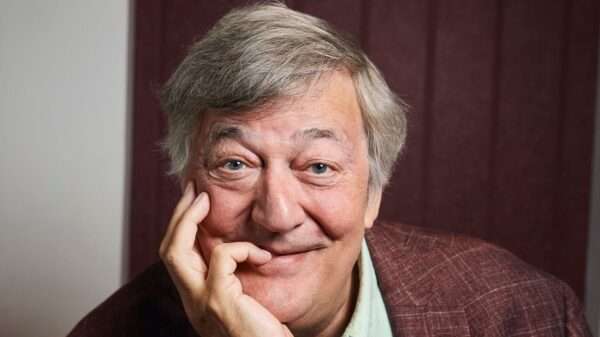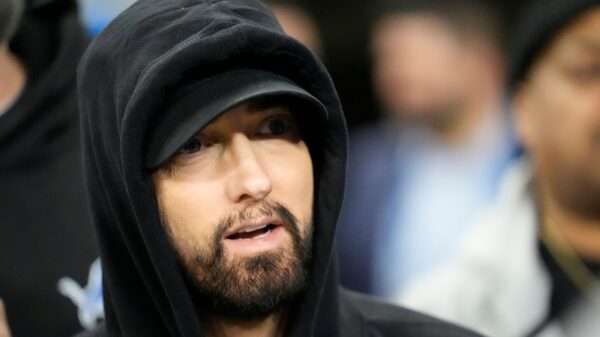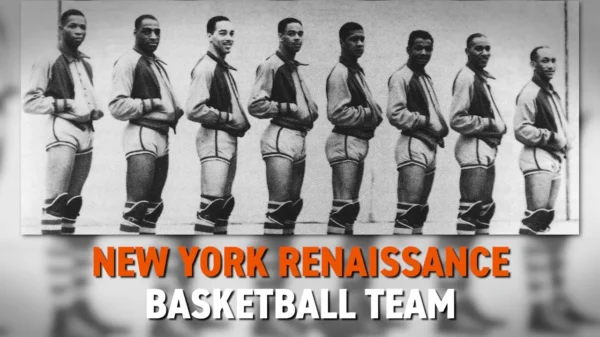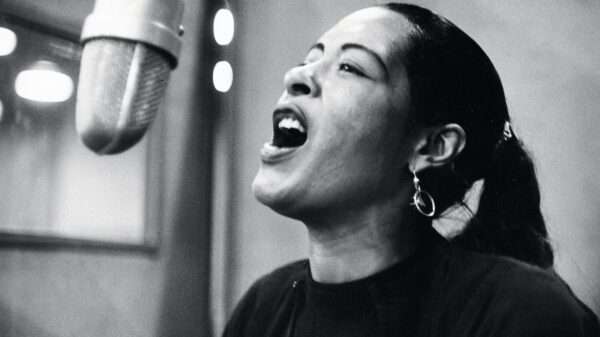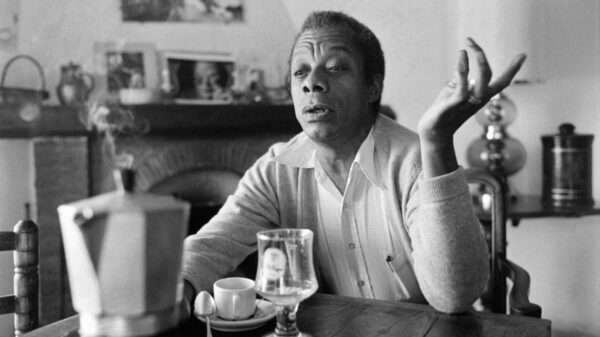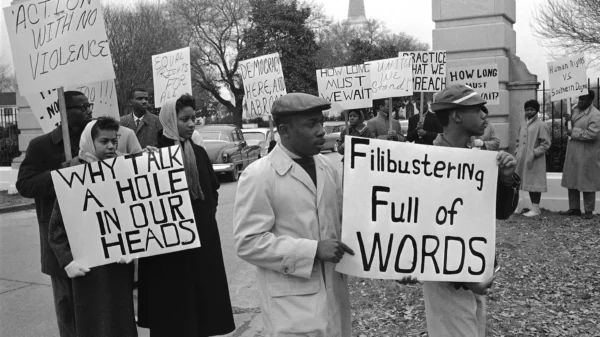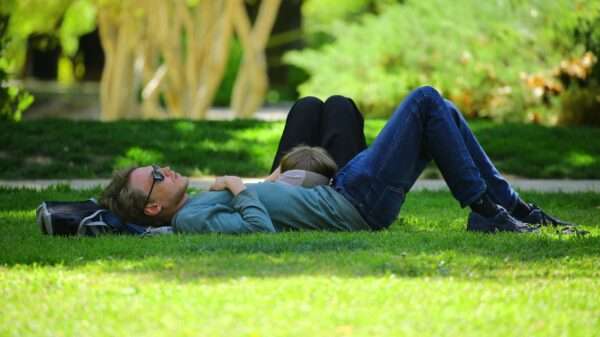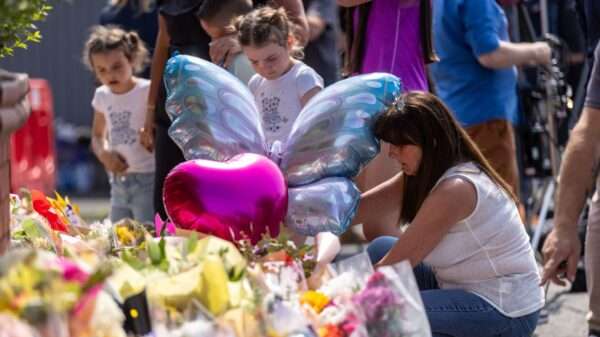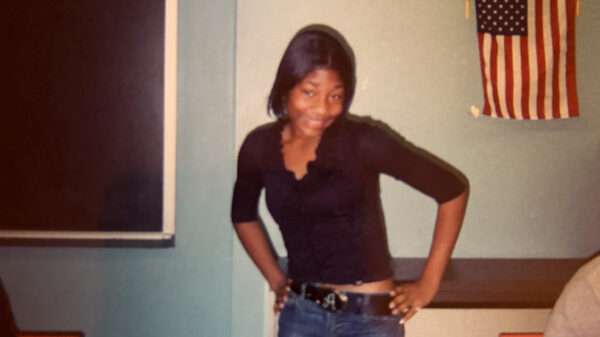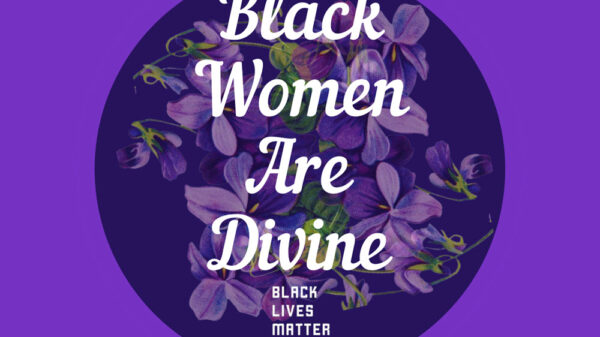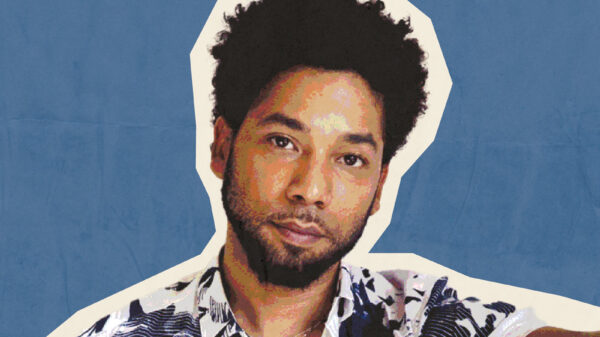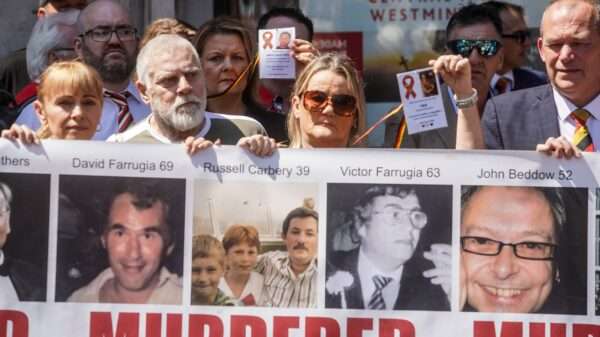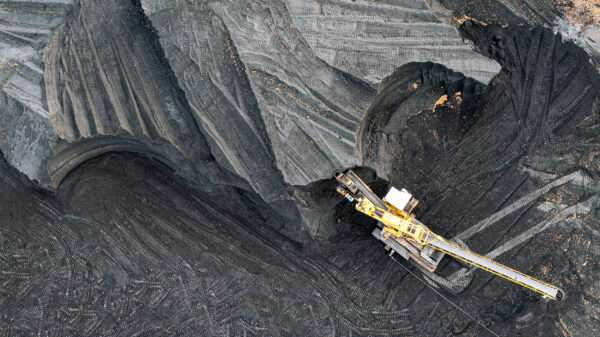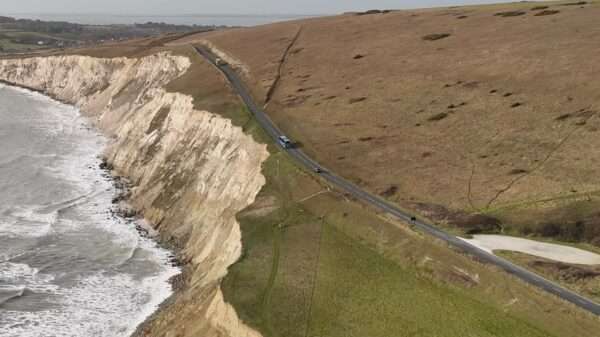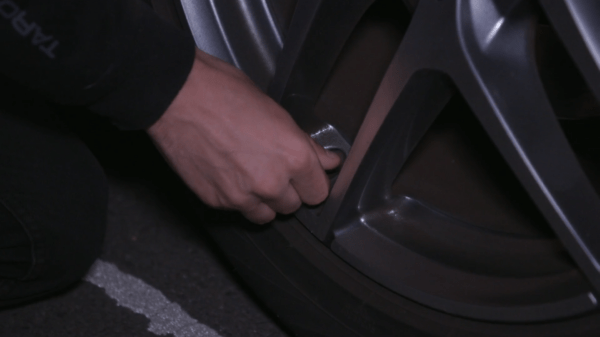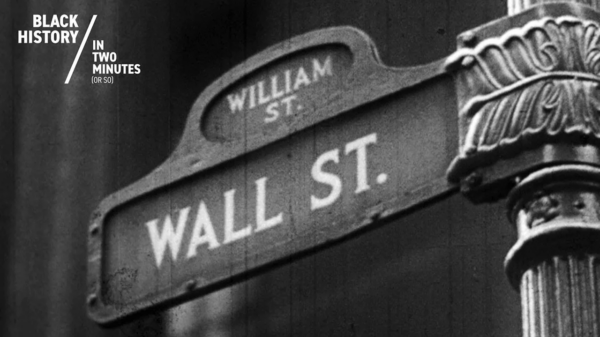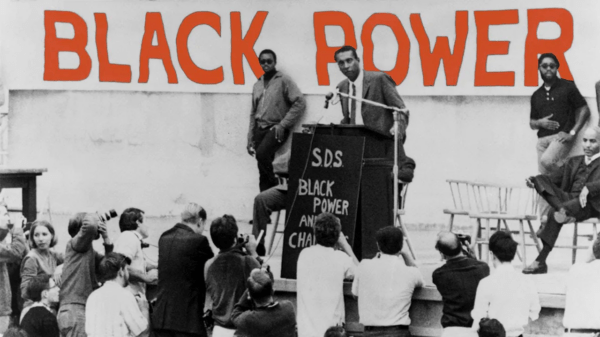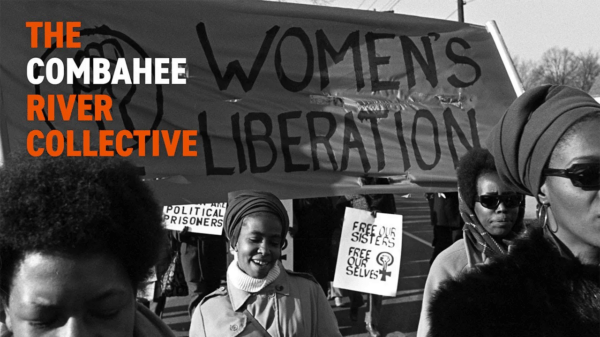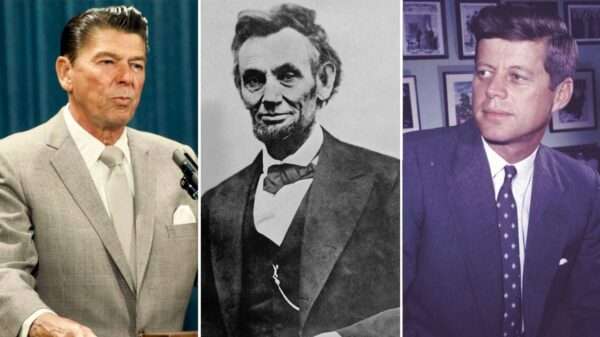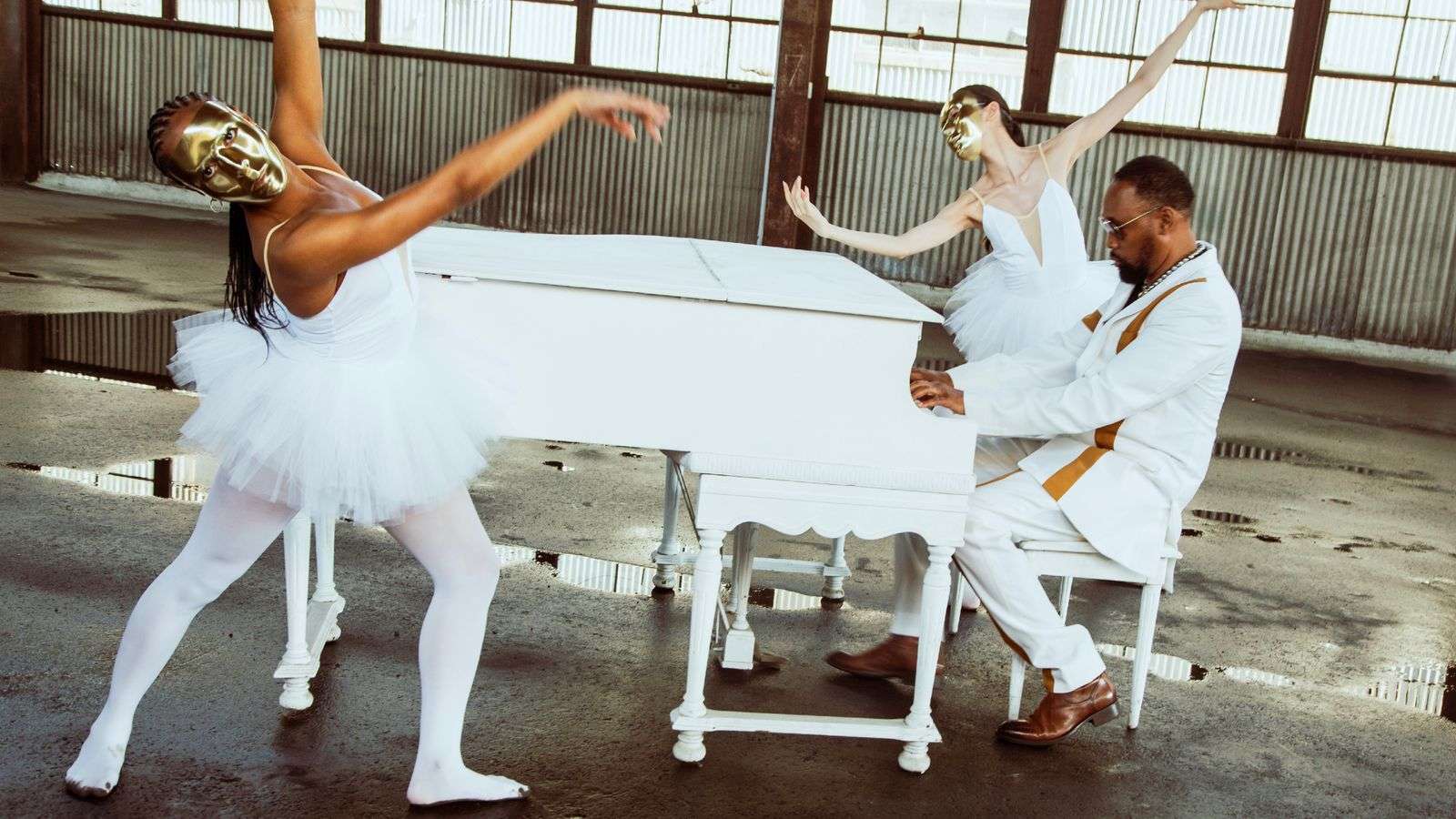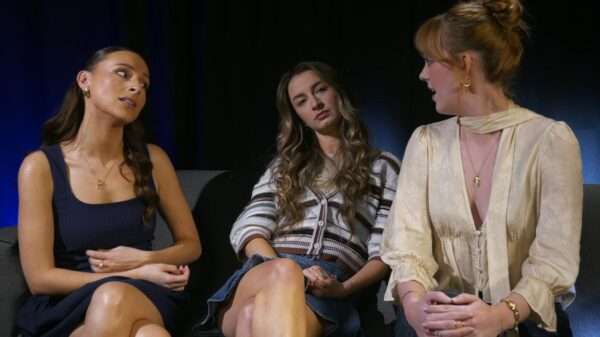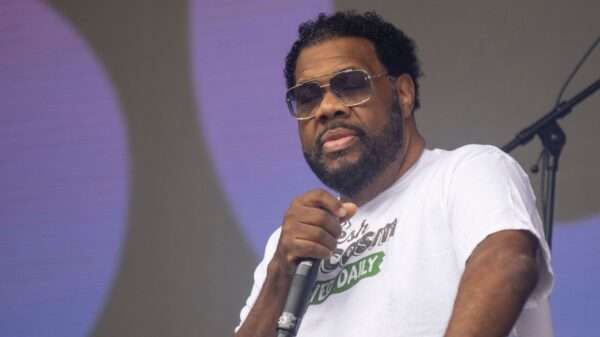RZA, the legendary figure behind the Wu-Tang Clan, has always been a master of blending genres and pushing the boundaries of hip-hop. Now, he’s taking a surprising yet deeply personal turn in his career, venturing into the world of ballet. For many, the idea of a hip-hop icon composing a ballet score might seem unexpected, even “leftfield,” as RZA himself acknowledges. But to him, it’s a natural progression of his artistic journey—one that feels “right in my alley.”
The influence of classical music on RZA’s work is no secret to those who have followed his career. Throughout the Wu-Tang Clan’s extensive discography, there’s a palpable presence of classical elements woven into the group’s gritty, streetwise sound. From the operatic strings on “Reunited” to the haunting piano loops in “C.R.E.A.M.,” RZA’s production has always exhibited a penchant for blending the old with the new, the refined with the raw. These classical influences, often sampled from obscure records or meticulously recreated in the studio, have contributed to the Wu-Tang Clan’s unique sound, setting them apart in the crowded landscape of 1990s hip-hop.
RZA’s latest endeavor, composing a ballet score, is an evolution of this long-standing fascination. The project is rooted in a discovery that he made while going through his old notebooks, where he found lyrics and ideas he had jotted down as a teenager. These rediscovered writings served as a catalyst for the ballet, providing the thematic foundation upon which the score was built. For RZA, this ballet is not just a foray into a new genre but an exploration of ideas and emotions that have been with him since his youth.
In approaching the ballet, RZA applied the same meticulousness that he brought to the Wu-Tang Clan’s music. The composition process involved translating the raw energy of his teenage writings into a form that could be expressed through dance. It was a challenge, but one that he embraced with the same passion he has always shown in his work. The result is a score that combines his love for classical music with the rhythm and storytelling elements of hip-hop, creating something that is distinctly RZA.
While some may question how a hip-hop artist can transition to composing for ballet, those familiar with RZA’s career will understand that this move is entirely in character. RZA has always been a restless creative, constantly seeking new ways to express himself. Whether it was through film, as he did with “The Man with the Iron Fists,” or now with ballet, he has never shied away from exploring new mediums.
RZA’s venture into ballet is not just about breaking boundaries; it’s about returning to the roots of his creativity. The rediscovered notebooks that inspired the ballet represent a time in his life when he was still finding his voice, experimenting with different styles and ideas. By turning these early writings into a ballet score, RZA is paying homage to his past while continuing to push forward into new artistic territories.
In many ways, this ballet is a culmination of RZA’s lifelong love affair with music in all its forms. It’s a testament to his belief that no genre is off-limits, that creativity knows no bounds. For RZA, hip-hop and ballet may seem worlds apart, but in his hands, they are simply different expressions of the same artistic vision.
RZA’s pivot to ballet may surprise some, but for those who have followed his career, it makes perfect sense. It’s a reminder that great art often comes from unexpected places, and that the boundaries between genres are meant to be crossed. With this ballet, RZA is not just stepping into a new world; he’s bringing a piece of himself along for the ride, blending his past with his present to create something entirely new.


